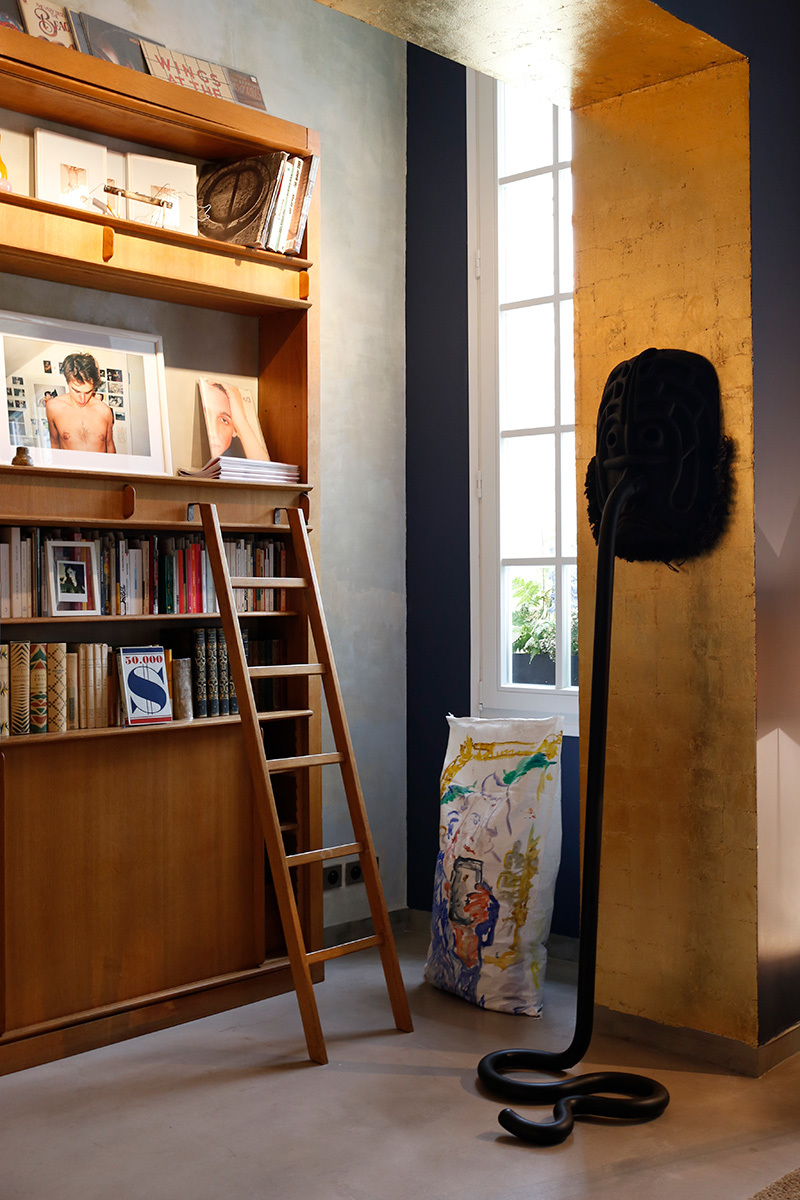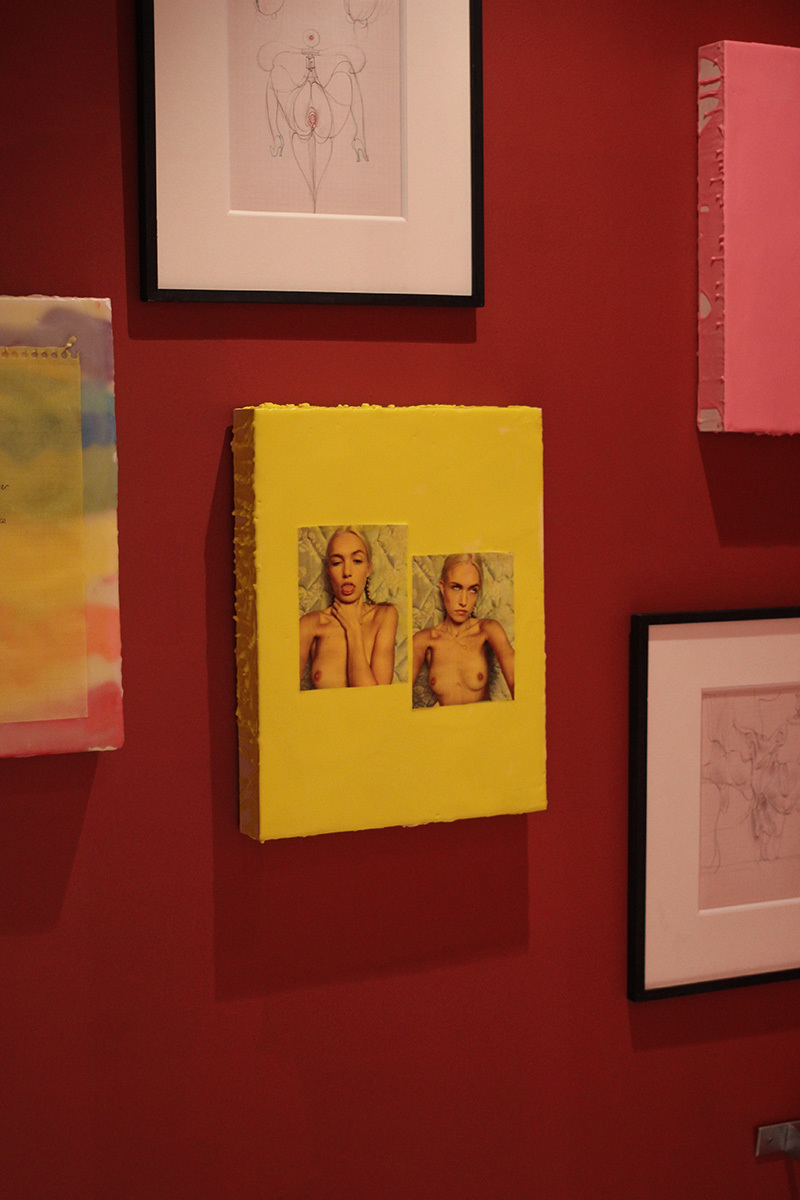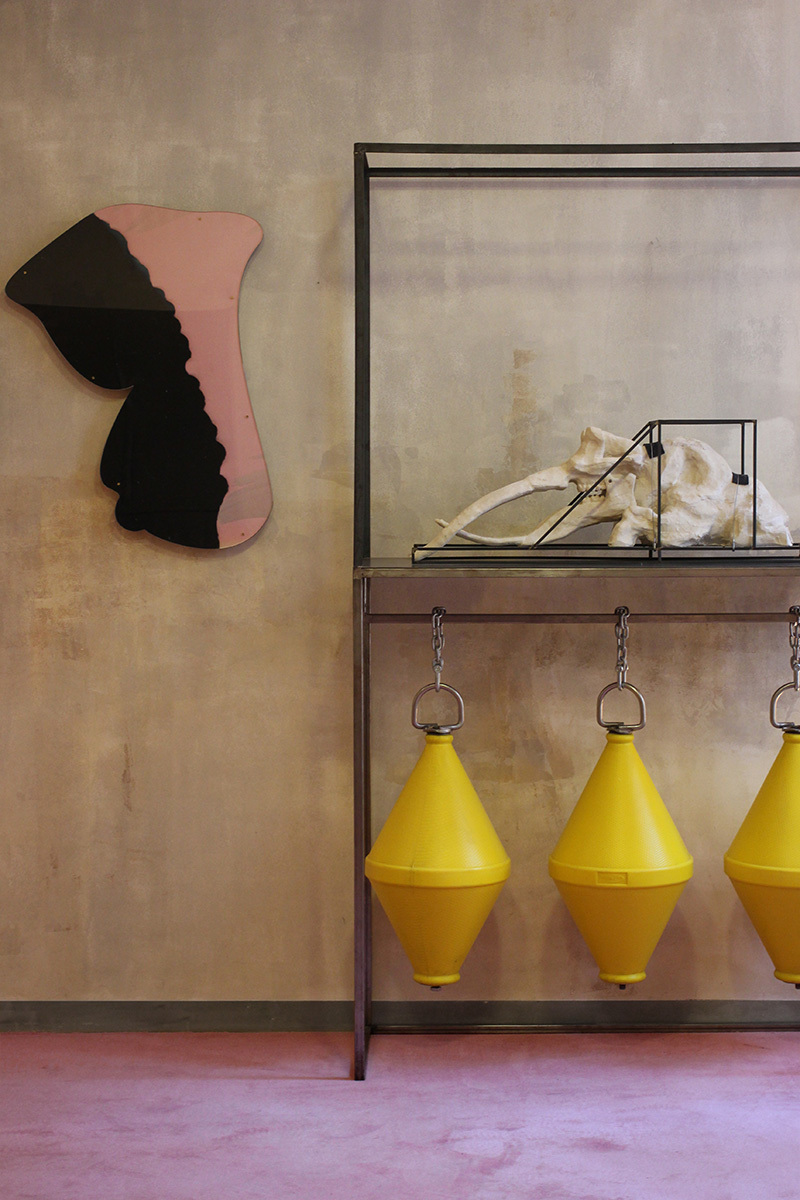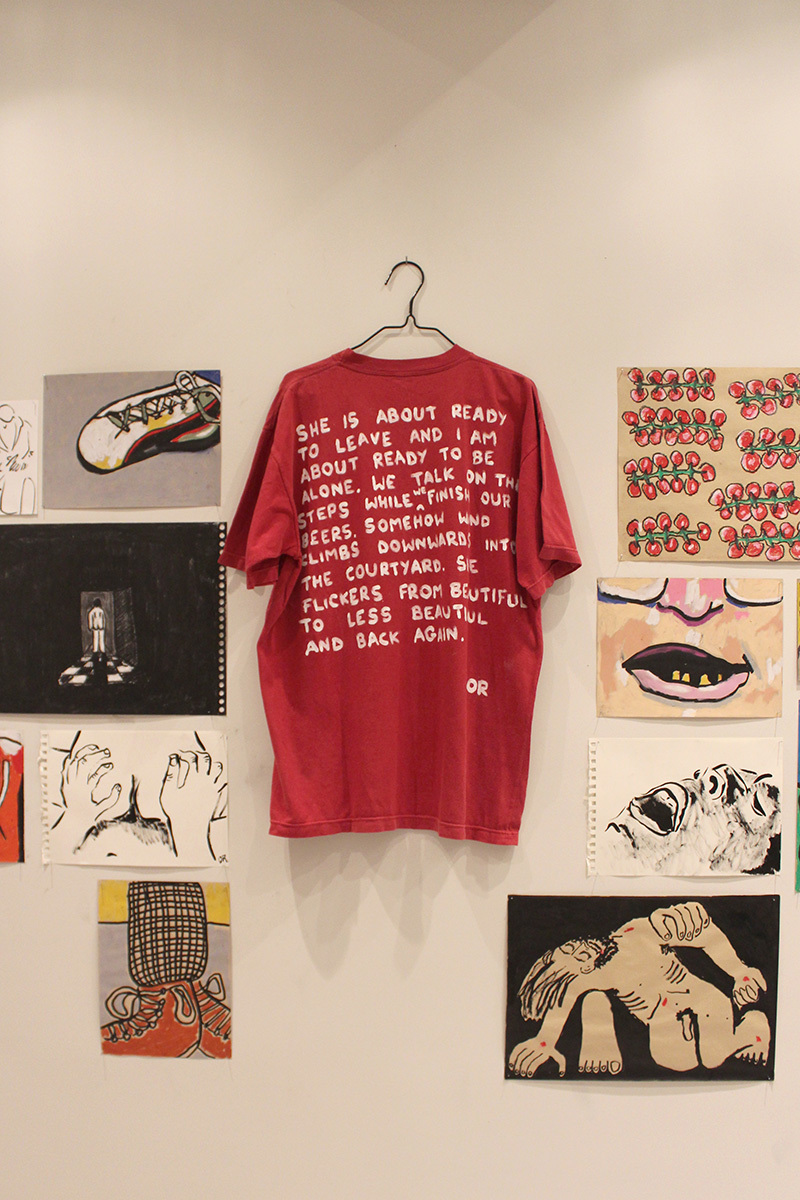Marie Madec has always loved telling stories. But instead of telling stories of her own, the French curator prefers to tell the stories of others, specifically artists. Born and raised in Paris, Marie spent her formative years in the library pouring over anything she could get her paws on. A brief stint at La Sorbonne and some months spent buried in the archives of CalArts, while working on her thesis, allowed her to hone her curating abilities. But after a while, she began to tire of the French academic system. “It’s a bit stuck in the past,” she explains. Bored of the blank walls of the white cube gallery, the sterile spaces typically associated with contemporary art, Marie decided to take matters into her own hands.
Harking back to the great collectors of old, Marie gutted an apartment that once belonged to her grandmother down to its shell, filled it with fantastical objects made by some of the brightest stars on the art scene, transforming it into a modern salon. Eschewing traditional modes of curating contemporary art, Marie’s home became part of the very fabric of the works it exhibited. And with that, Sans Titre was born: a safe space for young artists challenging the status quo. With two hugely successful exhibitions already under her belt, and another one in the cards, all eyes are firmly on Miss Madec.

What is it about curating that appeals most?
It’s the best way to be connected to artists, to feel that you’re part of their world. You get to understand how they think and why they do what they do. I’ve always been fascinated by artists, and artistic talent is the gift that I respect and admire the most. I’ve always been fond of telling stories, and I feel curating a show is a way like another to write one, a visual story.
Why contemporary art specifically?
To be honest, because it’s easy. For a young person that is not well-connected in the art world and has no reputation at all, it was easier to start to work with what I was surrounded with: the young artists. The contact and discussion with the artists is what I cherish the most and it’s a bit more difficult when they’re dead. But I really hope I can integrate more and more older art into my shows, because I really feel the confrontation is actually the best way to understand contemporary art. Contextualizing things makes them easier to understand.
Do you feel you need a degree in art in order to make it in the industry?
I studied at La Sorbonne in Paris and I spent multiple months in California in the CalArts archives when I was writing my thesis. For me it was very important. When I’m conceiving a show, I think about objects that were made before and that inspire me. For me, contextualizing is the best way to have a deep understanding of contemporary culture, what leads us to think now as we do. But I guess you can be an autodidact, I know a few very talented ones.
Explore: i-D’s New Genuary series spotlights the future of photography.

What was the concept behind Sans Titre?
It really started with an opportunity. Around 10 months ago, I inherited an apartment in Paris. I began to furnish it with art, vintage design, rare books, I curated the fantasized apartment of a young art collector, with objects that I gathered directly from artists, a few galleries, flea markets, and antique shops. For a month, I would welcome people every day like they were “at home” with a coffee. We would talk for a little while, I’d take time to explain all the art pieces to them, and they could buy everything that was shown. I wanted the experience to be the antithesis of the white-cube gallery. It worked well, the artists were happy, visitors were enthusiastic. So I decided to develop the concept and focus on what I know the best: contemporary art.
What kind of space did you want to create?
For each show, I completely re-designed the apartment. For a long time the domestic aspect of art has been put aside by the art world. The conceptual, almost mystic status of art was not really compatible with the idea of decoration. But we’re not all lucky enough to own private foundations and white cubes, 99% of art collectors end up hanging their pieces on the walls of their home. I wanted to mimic that.
Can you talk a bit about second Sans Titre: Volume II?
I focused on contemporary art, but I still wanted this domestic vibe to be very strong. All the shows at Sans Titre revolve around the idea of intimacy and voyeurism, but also the idea of a collection, as it’s a private place. I decided to gather artworks around one theme: curiosity cabinets. Wunderkammern are the first known example of private collections in history. All the artworks shown could have been contemporary reinterpretation of works that could have been seen in the cabinet of Rudolph II or Lorenzo the Magnificent.
Do you think there are enough opportunities for young female curators and gallerists within the art world? If not, how can we change this?
The art world is a place where you can really admire some strong female figures. But like every field, there’s still more men in power. It’s more to do with being young that I feel can be a burden in this world. People don’t take you seriously and that’s probably why I enjoy so much working with people of my generation. In fact, the next edition of Sans Titre will question those subjects: identity, gender, what it is to be a young female in the world we live in.
Read: Cindy Sherman and Barbara Kruger want the art world to strike on Inauguration Day.

Credits
Text Tish Weinstock
